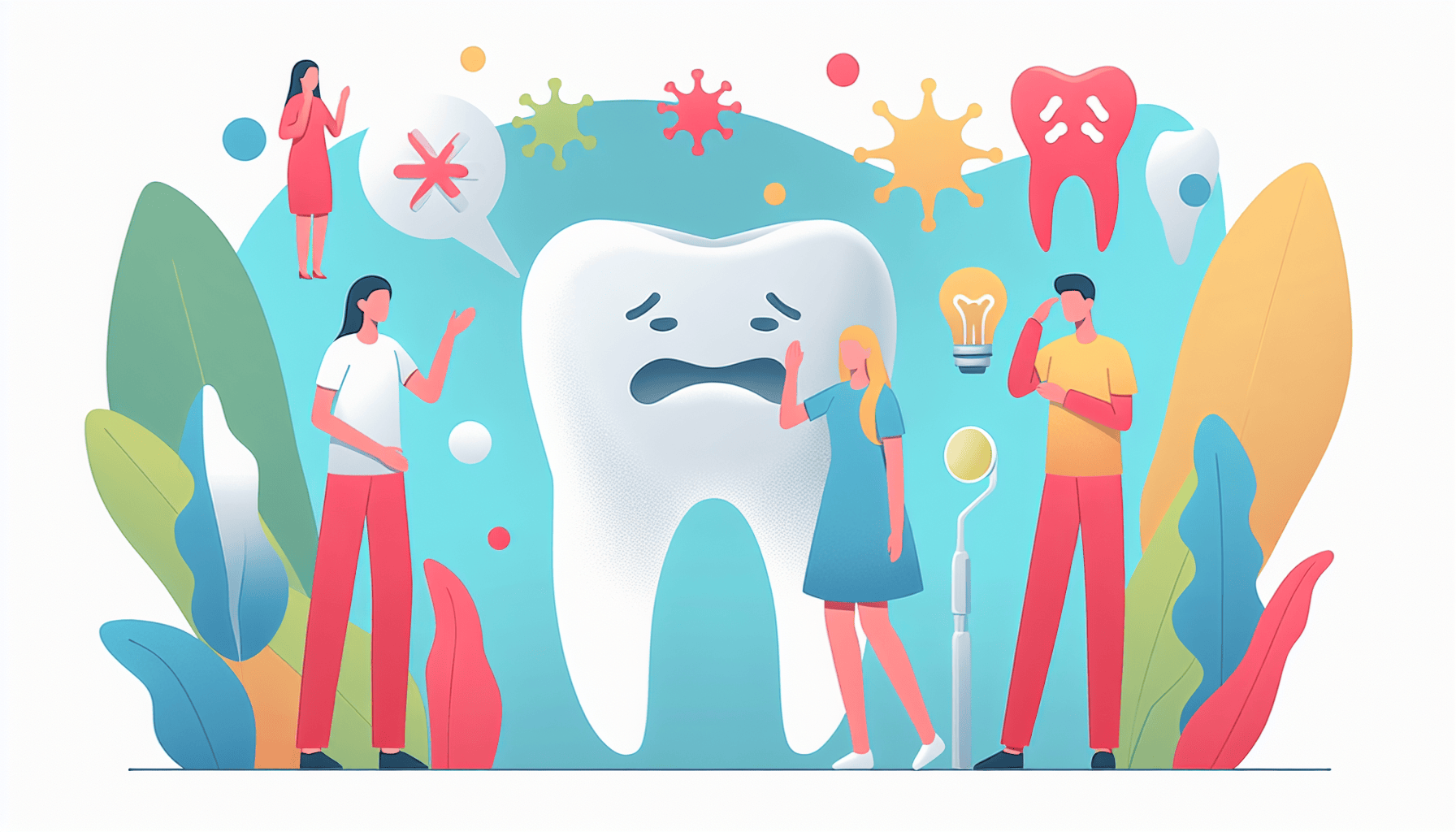Can I Take Zepbound a Day Early?
Key TakeawaysZepbound is a once-weekly injectable medication for weight management and obstructive sleep apnea (OSA) linked to obesity.Taking Zepbound a day early is [...]
Read MoreGum disease, also known as periodontal disease or periodontitis, is a common infection of the gums that surround and support your teeth. If left untreated, gum disease can lead to swelling, redness, pain, and even tooth loss. In this article, we'll explain what gum disease is, its stages, causes, symptoms, and treatment options.
Gum disease is an infection caused by bacteria that grow in your mouth when you don't brush or floss your teeth properly. Nearly half of adults aged 30 and older have some form of gum disease, with about 9% having severe cases. Gum disease starts as gingivitis, a milder form that can progress to periodontitis if not treated.

Periodontal disease has four stages:
Gingivitis: Gums are red, swollen, and may bleed when brushing. This stage is reversible with proper oral hygiene.
Mild periodontitis: Bacteria have reached the bones, and gums may pull away from teeth, creating pockets.
Moderate periodontitis: Bacteria continue to damage gum and bone, and pus may be visible around the gumline.
Advanced periodontitis: Bone and tissue around teeth are severely damaged, and teeth may become loose or fall out.
The main cause of gum disease is plaque, a sticky film of bacteria that forms on teeth when you eat sugary or starchy foods and don't brush and floss well. Other factors that increase the risk of gum disease include:
Hormonal changes during pregnancy, puberty, menopause, and menstruation
Diseases like cancer, HIV, and diabetes that weaken the immune system
Certain medications that reduce saliva production
Smoking or tobacco use
Poor oral hygiene habits
Family history of dental disease
Common symptoms of gum disease include:
Red, swollen, or bleeding gums
Pain or tenderness in the gums
Persistent bad breath or bad taste in the mouth
Receding gums or deep pockets between teeth and gums
Loose teeth or changes in bite
Treatment for gum disease depends on its severity and may include:
Nonsurgical treatments: Scaling and root planing to remove plaque and tartar, antibiotics to control infection
Surgical treatments: Flap surgery, soft tissue grafts, bone grafting, guided tissue regeneration, tissue-stimulating proteins, platelet-rich fibrin or plasma
Early-stage gum disease can be reversed with proper treatment and good oral hygiene. Advanced cases may require more extensive procedures to repair damaged tissue and bone.
To prevent gum disease, practice good oral hygiene habits:
Brush your teeth twice a day with a soft-bristled brush and fluoride toothpaste
Floss daily to remove plaque and food particles between teeth
Use an antibacterial mouthwash to reduce bacteria
Visit your dentist regularly for checkups and cleanings
Quit smoking and maintain a balanced diet
Remember, up to 30% of Americans may be more prone to gum disease due to genetics. If you have a family history of gum disease, talk to your dentist about more frequent checkups and treatments.
To learn more about gum disease, visit:
If you suspect you have gum disease, don't wait – schedule an appointment with your dentist or periodontist today. With proper treatment and care, you can maintain healthy gums and teeth for a lifetime.
Key TakeawaysZepbound is a once-weekly injectable medication for weight management and obstructive sleep apnea (OSA) linked to obesity.Taking Zepbound a day early is [...]
Read MoreKey TakeawaysZepbound is an FDA-approved medication for chronic weight management in adults with obesity or overweight, and for moderate to severe obstructive sleep apnea [...]
Read MoreKey TakeawaysZepbound is a once-weekly injectable medication that supports weight loss by activating hormone pathways regulating appetite and digestion.After the first dose, [...]
Read More